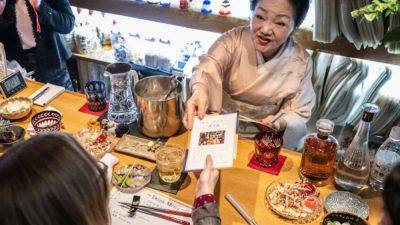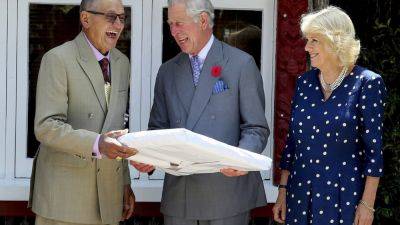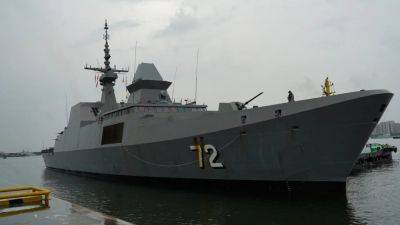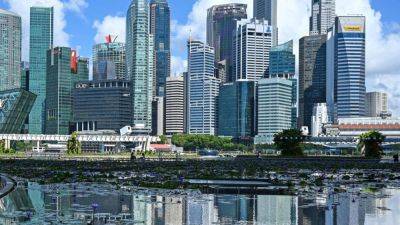A New Statue of a British Colonialist Exposes a Divide in Singapore
Singapore’s prosperity has long set it apart from many other former British colonies. There is another difference, too: Singapore has clung to honoring its former colonial ruler — and it wants to keep doing so.
Special accolade has gone to Sir Thomas Stamford Raffles, who is considered to have founded modern Singapore in the early 1800s. For decades, Singapore’s textbooks credited Raffles with transforming the island from a “sleepy fishing village” into a thriving seaport. He has been the central character in a larger official narrative that says imperial Britain had set up Singapore for success as an independent nation.
Dedications to Raffles dot the landscape of Singapore. A business district, schools and dozens of other buildings bear his name. Two eight-foot likenesses of the man loom large in downtown Singapore.
But a new statue of Raffles, installed in a park in May, has revived a debate about the legacy of colonialism in Singapore. On one side is the broader establishment, which has held up British colonial rule positively. On the other are those who want a closer inspection of the empire that Raffles represented and the racial inequity he left behind, even as Singapore became wealthy.
This divide has surfaced before, perhaps most prominently a few years ago when Singapore celebrated the bicentennial of Raffles’s arrival on the island. Now, the new statue has set off a fresh debate, with critics pointing out that other countries have for years been taking down monuments to historical figures associated with slavery or imperialism, or both.







